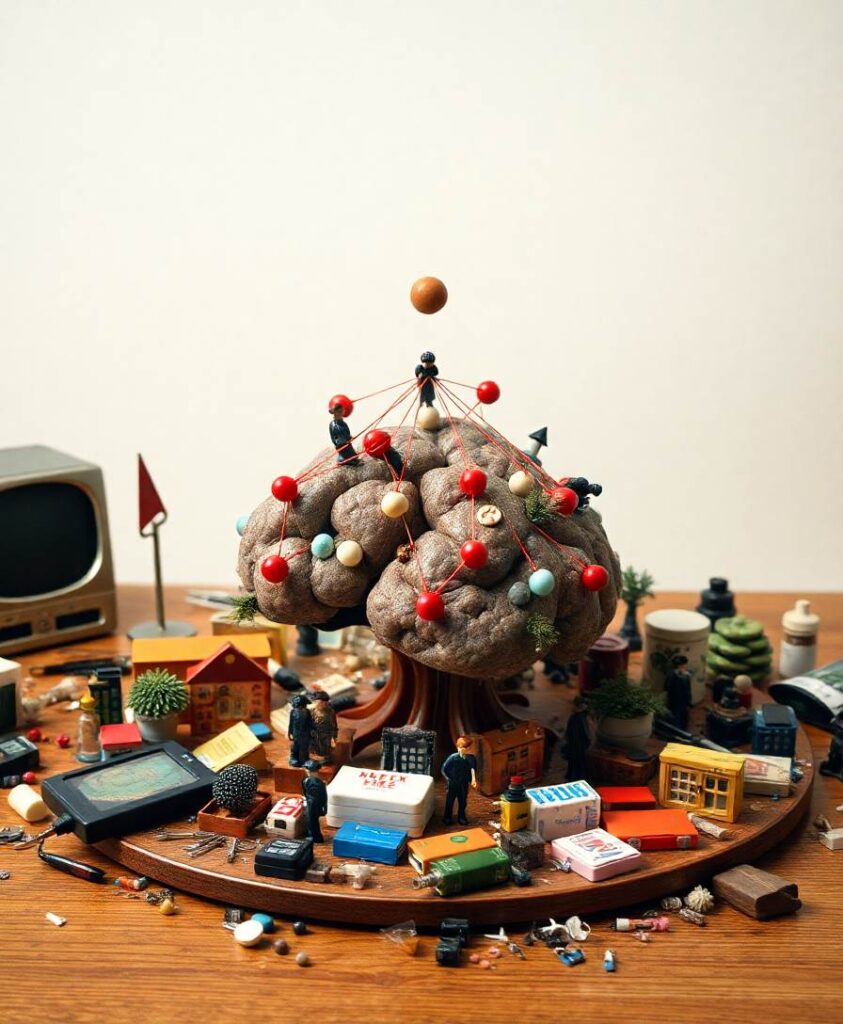Seeing the interactions between other people is a critical part of our everyday visual experience, but recognizing the social interactions of others is often considered outside the scope of vision and grouped with higher-level social cognition like theory of mind. Recent work, however, has revealed that recognition of social interactions is efficient and automatic, is well modeled by bottom-up computational algorithms, and occurs in visually-selective regions of the brain. We review recent evidence from these three methodologies (behavioral, computational, and neural) that converge to suggest the core of social interaction perception is visual. We propose a computational framework for how this process is carried out in the brain and offer directions for future interdisciplinary investigations of social perception.


